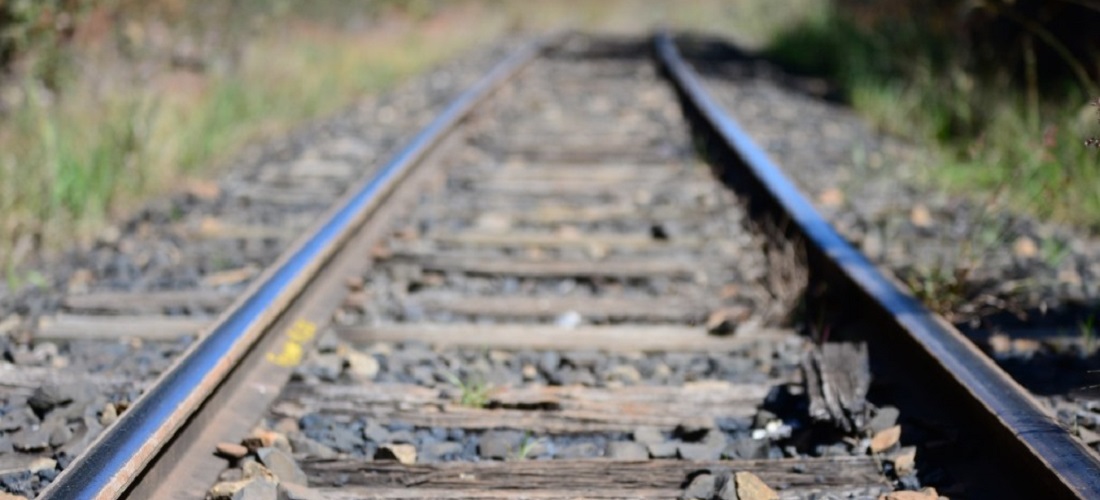
Government changes railway route to counter legal challenge
Sep, 10, 2024 Posted by Gabriel MalheirosWeek 202437
The government has filed updated studies on the Ferrogrão railway—a mega project connecting one of the world’s largest grain production centers in Sinop, Mato Grosso, to the Northern Arc ports in Miritituba, Pará—with the Federal Supreme Court.
The project includes a route adjustment—a new move by the Ministry of Transport to counter the Direct Action of Unconstitutionality (ADI) filed by the Socialism and Freedom Party (PSOL) to halt the project.
The lawsuit challenges the modification of the Jamanxim National Park’s perimeter through a provisional presidential decree during former President Michel Temer’s administration.
Now, the government proposes that the railway tracks operate within 50 kilometers of the park closer to BR-163, without altering the park’s boundaries.
The argument for using the area closer to the BR-163 will soon be defended by the ministry in a hearing with the rapporteur of the case, Justice Alexandre Moraes. It is hoped that, on the one hand, the rerouting of the road will mean that the ADI will no longer have a target, and that, on the other, an increase in the socio-environmental compensation fund will meet the demands of the organizations involved in the debate on the project’s impact.
The director general of the National Land Transport Agency (ANTT), Rafael Vitale, told Valor that the auction could take place in 2025 if the Supreme Court has the same understanding. “We believe that the doubts will be resolved, and we will be authorized to go on with the procedures. Once we have the authorization from the TCU [Brazil’s public spending watchdog], we’ll open the public notice and hold the auction within a year.”
The government emphasizes that funds for social and environmental measures represent 6% of the project’s investment, above the average of 1.5% for infrastructure works.
The railway is expected to reduce freight costs for Mato Grosso’s production by an average of 20% compared to truck transport via BR-163 or existing railways.
Environmentally, the study indicates that Ferrogrão could cut greenhouse gas emissions by 40%, reducing CO2 emissions by 3.4 million tonnes per year.
Environmentalists generally acknowledge that rail transport is less damaging than road transport, as roads have accelerated deforestation and illegal activities by creating a “fishbone” effect in the forest.
Studies show that 60% of Ferrogrão’s route passes through deforested areas, with native vegetation in affected areas to be restored through replanting.
The study also highlights that the project does not require passage through indigenous lands, quilombola communities (of escaped slave descendants), or riverine areas. However, the Praia do Mangue and Praia do Índio indigenous lands, located within ten kilometers of the railway’s arrival at the Tapajós River (Pará), will undergo consultations and receive compensation.
“It’s not just updated numbers. We now have a sustainability agenda that was not part of the previous model, a significantly different Technical, Economic, and Environmental Feasibility Study (EVTEA),” said George Santoro, executive secretary of the Ministry of Transportation.
Cloves Benevides, undersecretary of sustainability at the ministry, said that the project now guarantees nearly R$800 million in investments for social and environmental compensation, as well as an annual transfer of R$15 million during 67 years of the contract to support the environmental policy implemented through the project.
Mr. Santoro noted that the adjustments were made based on discussions with representatives of indigenous communities and environmentalists in the region, through a working group established when the case was resumed by the Supreme Court.
In July, however, organizations withdrew from the working group, citing a lack of meaningful debate, the absence of Chief of Staff Office representatives at meetings, and a lack of transparency from the government regarding the updated studies.
“It’s not just about having R$800 million in compensations. What matters are the actions taken to mitigate impacts. Part of this will be defined in the licensing process,” Mariel Nakane, technical advisor and economist at the Socio-Environmental Institute (ISA), told Valor. She added that the organizations faced an “information limbo” that hindered effective dialogue.
Regarding the railroad moving closer to the BR-163, Ms. Nakane said that the proposal must be subjected to a thorough analysis since the law challenged in the Supreme Court deals with a change in the perimeter of Jamanxim associated with the spaces close to the highway and the railroad.
Additionally, she noted that Brazil’s environmental protection agency IBAMA typically sees issues with using this space for other projects. In the case of Ferrogrão, the government’s “thesis” must first be evaluated by IBAMA and the Chico Mendes Institute of Biodiversity Conservation (ICMBio).
Source: Valor Econômico
Click here to view this story’s original report: https://valor.globo.com/brasil/noticia/2024/09/09/uniao-ajusta-tracado-da-ferrograo-para-tentar-neutralizar-acao-contra-o-projeto.ghtml?li_source=LI&li_medium=news-page-widget
-
Ports and Terminals
Nov, 27, 2024
0
Emergency Dredging of Itapuã Channel Commences in Porto Alegre
-
Shipping
Jan, 09, 2020
0
ANTAQ confirms cabotage vessels are operating close to 76.2% of capacity
-
Steel and Aluminium
Jul, 13, 2021
0
Brazilian businessmen unite to import steel scrap from Turkey
-
Ports and Terminals
Jul, 26, 2022
0
Docas do Rio hires new director of port management



